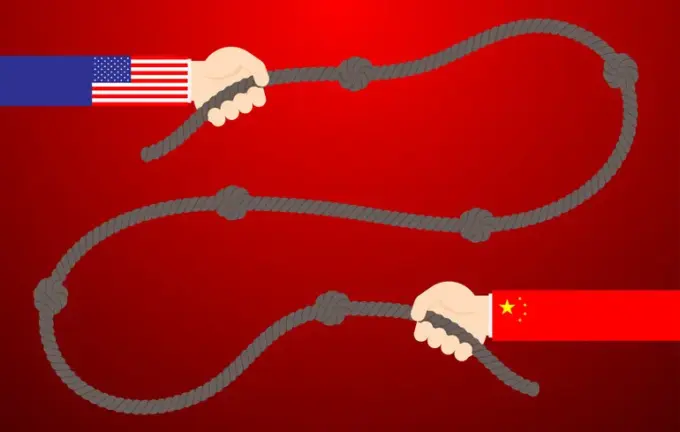China Temporarily Eases Restrictions on Rare Earth Metals and Halts Some US Company Investigations

According to sources in the United States, China has announced a temporary suspension of certain strict trade measures concerning rare earth metals and investigative actions against American semiconductor producers.
This decision follows a diplomatic agreement reached earlier this week between US President Donald Trump and Chinese leader Xi Jinping, aimed at easing geopolitical tensions between the world’s two largest economies.
The White House issued a bulletin stating that China will issue general export licenses for critical materials such as rare earth elements, gallium, germanium, tin, and graphite, making these available ‘for the benefit of end-users in the US and their global suppliers.’ This effectively cancels restrictions previously imposed by China in April 2025 and October 2022, which had been fueling trade conflict worries.
Both countries also agreed to suspend additional tariffs—initially enacted as Trump’s retaliatory measures—for another year and to abandon plans for full import duties on Chinese exports scheduled for November.
Additionally, the White House announced extensions of certain Section 301 tariff exemptions, currently set to expire on November 29, 2025, until November 10, 2026.
This diplomatic move followed the historic summit between Trump and Xi—the first face-to-face meeting in Trump’s second term—that temporarily stabilized relations after escalating trade war tensions that shook markets and raised fears of a global slowdown.
China had previously leveraged its dominance in processing rare earth minerals as a coercive tool to restrict their flow to the US and allied nations.
While this agreement calms immediate tensions, analysts warn that it may only be a short-term ceasefire in a prolonged trade conflict, given that the measures are only valid for one year and do not address fundamental issues underlying US-China trade disputes, including geopolitical hotspots like Taiwan and the Russia-Ukraine conflict.
Historical patterns indicate that such concessions—like tariff reductions—are often fraught with risks, and there remains uncertainty as to what the US might gain in return.
There is also concern that this rapprochement could further strain relations with key allies, as the US seems to be making more friendly moves toward its primary economic rival.

